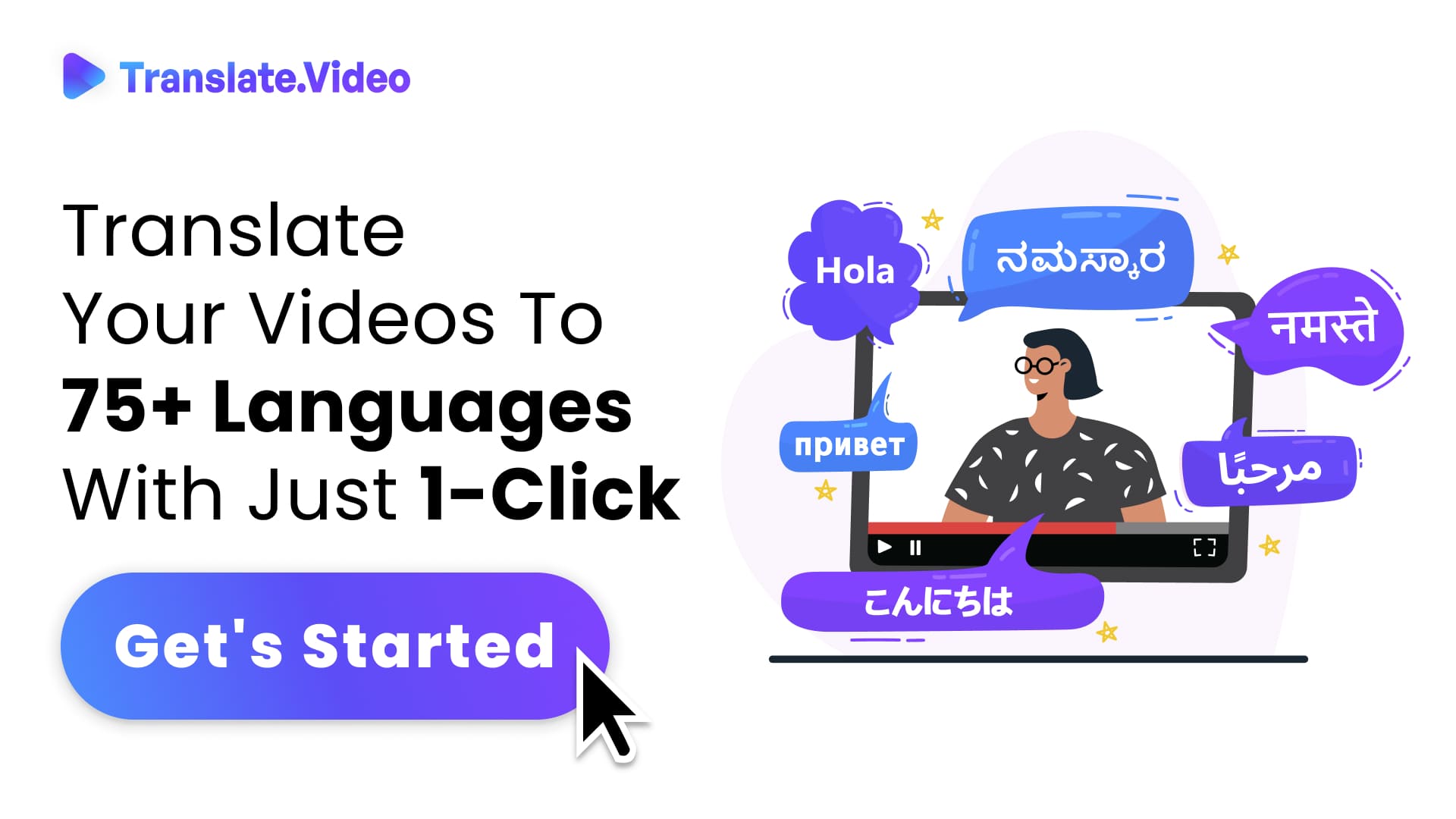InMail vs. Connection Requests: Which is More Effective
InMail vs. Connection Requests: Which is More Effective
Introduction:
As a professional on LinkedIn, you have two primary options for reaching out to potential connections: InMail and Connection Requests. While both have their benefits, there are certain situations where one may be more effective than the other. In this article, we'll explore the pros and cons of each option and help you decide which approach is best for your networking goals.
InMail:
InMail is a paid feature on LinkedIn that allows you to send direct messages to other LinkedIn members, even if you're not connected to them. InMail messages are a great way to reach out to people outside of your existing network and can be particularly effective when you're trying to connect with industry leaders or decision-makers.
Pros:
- InMail allows you to reach out to anyone on LinkedIn, regardless of whether or not you're connected
- You can personalize your message and make a strong first impression
- InMail messages can be more professional and less intrusive than Connection Requests
Cons:
- InMail messages can be expensive, especially if you're sending them frequently
- There's no guarantee that your message will be read or responded to, as many people receive a high volume of InMail messages
Connection Requests:
A Connection Request is a simple way to connect with someone on LinkedIn. When you send a connection request, you're essentially asking to be added to their network. Connection Requests are a great way to connect with people you already know, as well as those who may be interested in your work or industry.
Pros:
- Connection Requests are free and easy to send
- You can personalize your message and make a strong first impression
- People are more likely to accept a Connection Request than an InMail message
Cons:
- You can only send Connection Requests to people you're already connected with, or those who are in your extended network
- Connection Requests can come across as spammy or generic if you don't personalize your message
InMail vs. Connection Requests: Which is More Effective?
The answer to this question largely depends on your goals and the specific situation. In general, InMail messages are more effective when you're trying to connect with industry leaders or decision-makers, as they're more likely to respond to a personalized message that's sent through InMail. However, if you're trying to connect with someone you already know or someone who's already shown an interest in your work or industry, a Connection Request may be more effective.
Conclusion:
Both InMail and connection requests are valuable tools for networking on LinkedIn, but each has its own strengths and weaknesses. InMail is more personalized and can be effective for reaching out to high-level contacts, while connection requests can be more efficient for building a larger network quickly. Ultimately, the best approach depends on your specific goals and the nature of your target audience.
To maximize the effectiveness of both InMail and connection requests, it's important to craft a personalized and compelling message that shows you have done your research and are genuinely interested in building a relationship. Make sure to focus on the recipient's interests and needs, rather than your own, and be respectful of their time and attention.
FAQ:
Q: Is it better to send a connection request or InMail to someone I don't know personally? A: It depends on your goals and the nature of your target audience. If you're looking to build a large network quickly, connection requests can be more efficient. However, if you're trying to reach a high-level contact or build a more personalized relationship, InMail may be more effective.
Q: How many connection requests should I send per day? A: LinkedIn recommends sending no more than 100 connection requests per day to avoid triggering spam filters. However, it's important to prioritize quality over quantity and focus on building genuine relationships rather than simply amassing a large number of connections.
Q: Can I use InMail to promote my products or services? A: While InMail can be effective for reaching out to potential clients or customers, it's important to avoid using it as a purely promotional tool. Instead, focus on building a relationship and providing value to the recipient, and only mention your products or services if they are genuinely relevant to their needs or interests.
Q: How long should I wait for a response to my InMail or connection request? A: It's important to be patient and give the recipient time to respond, as they may be busy or have other priorities. If you haven't received a response after a week or two, you can send a polite follow-up message to check in and reiterate your interest in building a relationship.
Trending Tags
Trending Blogs
What are you waiting for?
Your Dubbing, Subtitles, Captions in one place
Signup free!
